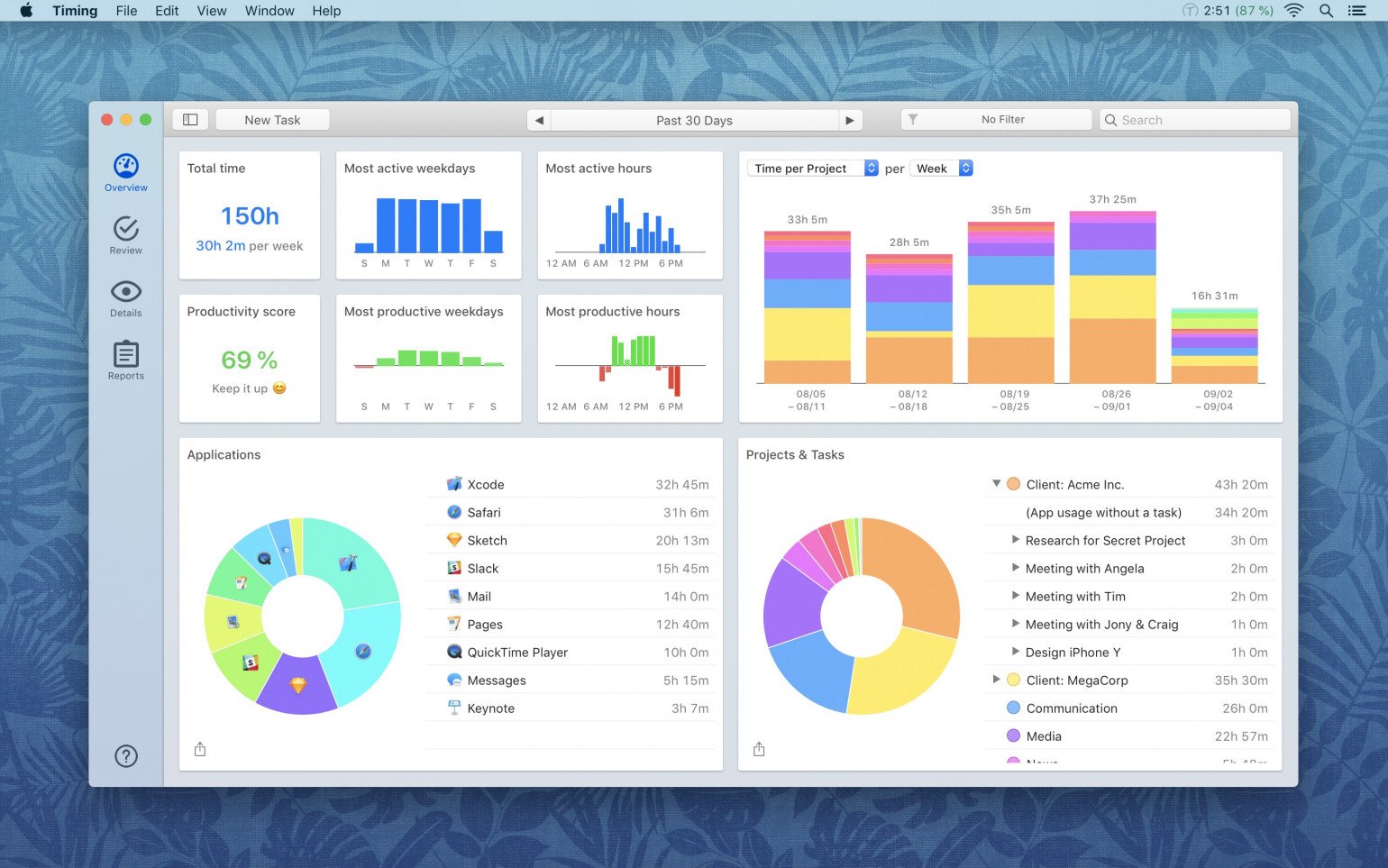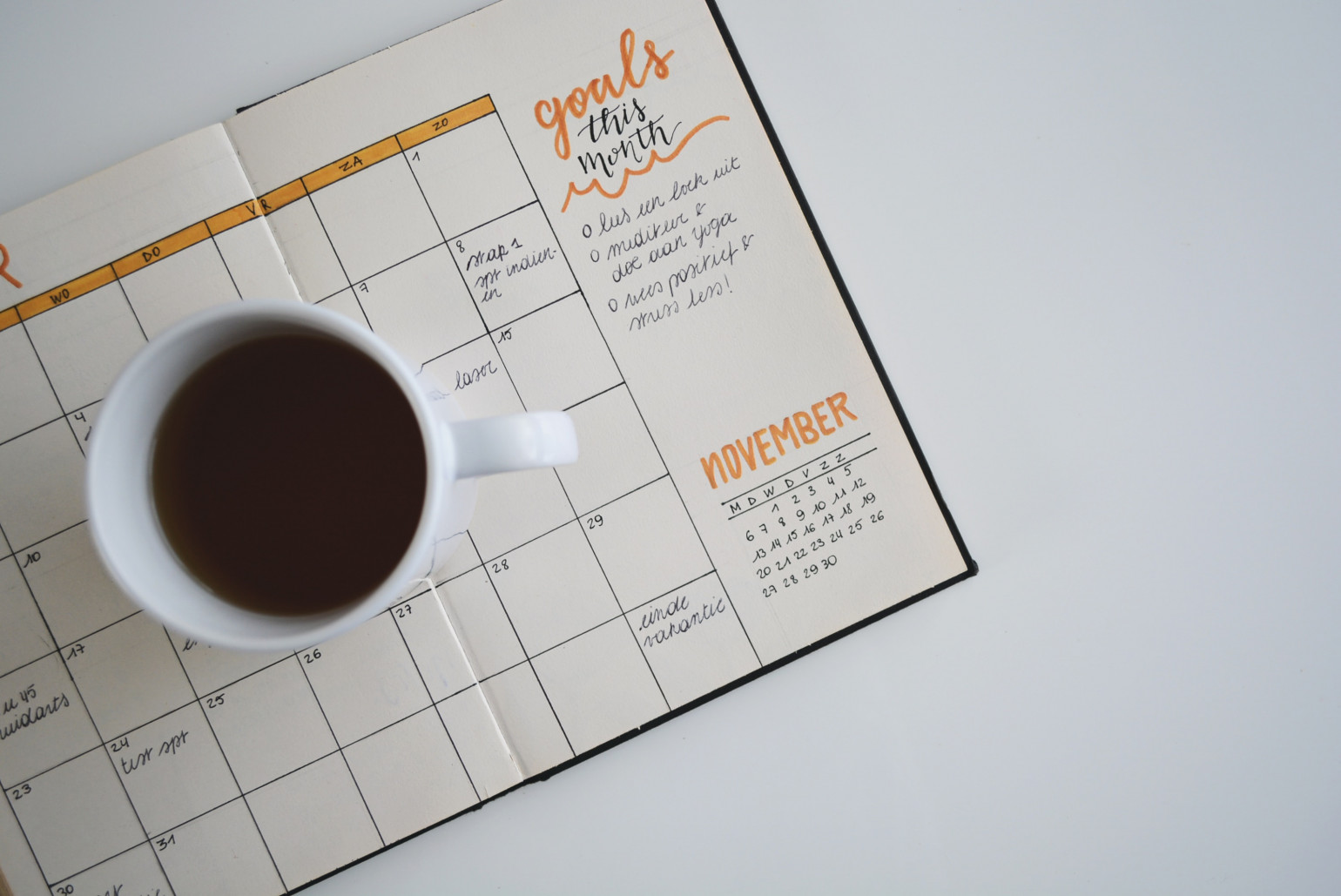How to Identify Your Flow Using Time-Tracking

“Flow” is a term that you may have heard thrown around quite a bit, but are you sure you know exactly what it is? It sounds undoubtedly positive, suggesting a state of effortless output and profound enjoyment. At the same time, flow sounds a bit nebulous. What is it, exactly? And most importantly, how do you identify your flow?
Think of it this way: Some days, you are super-productive and hyper-focused, so concentrated that you seem to lose track of hours passing, mealtimes, and the need to sleep. Other days, you feel like you are grinding away, maybe even fighting distraction while you try to work.
The first scenario, of course, is you in a state of flow – accomplishing your goals, checking off tasks, and enjoying work so much that it doesn’t feel like a slog. The second is you outside of flow – grinding away at your checklist while you attempt to stay off your iPhone.
Of course, you can’t always be in your flow, ideal as that would be. Still, there are certain ways to identify your flow, foster a flow-inducing environment, and get your best work done while you’re focused, goal-oriented, and maybe even having fun.
What is “Flow”?
“Flow” was coined by psychologist Mihaly Csikszentmihalyi, who discovered that people experience optimal satisfaction in a specific state of mind. That state of mind involves total immersion in a single activity, laser focus, and a sense of fulfillment and accomplishment. That’s flow.
Mihaly said that “the best moments [of our lives] usually occur if a person’s mind or body is stretched to its limits in a voluntary effort to accomplish something difficult and worthwhile.”
In other words, when your capacity is stretched, you can actually experience deep fulfillment and even pleasure. That’s great news for those of us who enjoy taking on challenging projects or work.
Here are some feelings you may experience in the flow:
- A heightened sense of clarity
- A lack of awareness regarding the need to eat, rest, or go to the bathroom
- A sense of control
- A commitment to a goal
- A sense of intrinsic reward
All of these factors combine to drive you to one goal: Accomplishing the task at hand with excellence.
The tricky question is, can we cultivate “flow” in our workdays to help us become more productive, or do we simply wait passively for “flow” to happen to us? Share on XHere are a few simple ways to use time-tracking to identify your flow.
Time-Tracking Can Help You Identify What You Love to Do
According to Mihaly Csikszentmihalyi’s definition, flow doesn’t necessarily happen when we’re at work. You might find yourself in a state of flow while you’re swimming laps, playing video games, or heck, tasting beer at a local brewery. But for the sake of this article, we’re focusing on what you love to do at work.
That being the case, think about the kind of work that you actually enjoy doing – you know, the sort of projects that don’t send you running to social media, grabbing an extra cup of coffee, or questioning your decision to freelance for a living.
Maybe you love creating new logos for startup brands…or writing copy for Facebook ads…or strategizing a business plan for a startup.
In any case, time-tracking can help you pinpoint those activities by allowing you to quantitatively review different types of work. If you use Timing, simply take a look at your big picture “Overview” tab to review what you’ve finished each day (or week, month, or year).
Then ask yourself, “What did I enjoy doing the most?”
We’re not talking about what earned you the most income, or what was the easiest. Rather, what was the activity that you wish you could do all day, every day – the kind of work that you might actually do for free?
Those are the kinds of projects that get you into the flow, and the type of work that you may want to focus on exclusively pursuing; it will help you to create a freelancing career with a higher concentration of focus-fueling, fulfilling moments.
Time-Tracking Can Help You Identify When You’re Most Productive
When you’re in a state of flow, you’re focused and productive for a significant measure of time.
Using Timing, you can assess your usage of time to identify your most productive periods, shown in the “Overview” tab.
Here’s what it looks like, slotted for the past 30 days:

As you’ll note, Timing helps you to identify:
- Your most active weekdays – are you doing more work on Monday, or Friday?
- Your most active hours – are you working in the early morning, late afternoon, or midnight hours?
- Your most productive workdays – you may be active for a longer period on Wednesday, but it doesn’t necessarily mean that it’s your most productive day. Timing identifies when you’re most productive based on the value of your work.
- Your most productive hours – the same principle applies: You may be slogging away at 11 p.m., but how much are you really accomplishing?
Alternatively, you can take a look at your “Overview” tab at the end of every day to identify which hours were most productive, and check which tasks you were engaged with at that moment. It might also be helpful to consider how productive you felt you were, as compared to reality.
Ultimately, when you use time-tracking to perform a quantitative analysis of your time and productivity, you can identify what triggers you flow state during your workday, workweek, and even “workmonth”…and in turn cultivate a schedule that makes room for flow again and again.
Tips for Creating a State of Flow
You may think that flow is something that happens to you – like a burst of inspiration or epiphany – but you can actually help create this mental state by implementing a few basic strategies.
Find a distraction-free zone.
Distractions will kill your flow. In order to foster this sense of clarity and productivity, limit distractions like social media, your iPhone, and competing tasks in order to “get into the zone.”
Set a clear goal and deadline.
Setting a clear, attainable goal before you begin working on a specific project will help keep you motivated. Give yourself a realistic deadline that allows enough time for excellent output, but not enough time for distraction (e.g. I’m going to finish by 3 p.m. today!)
Setting these parameters will create space for focus and a sense of accomplishment when your task is finished.

Don’t forget to time-track!
Lastly, don’t forget to use time-tracking to help you get into a state of flow. Time-tracking keeps you accountable for every minute and hour you spend on your computer, helping you to remain on task (especially if you’re a particularly self-motivated person, as most freelancers are.)
Timing automatically tracks all the time you spend on your computer. You don’t have to log in or set a timer to get started. Simply turn on your computer and get going!
The Last Word: Do You Have to be in the “Flow” to Get Work Done?
The basic answer to this question is: No!
Flow is not a precursor to great, productive work.
It is, however, a principle to help you get more quality work done at a faster pace (and even earn a higher income!) – making you a happier, better, more productive freelancer.
